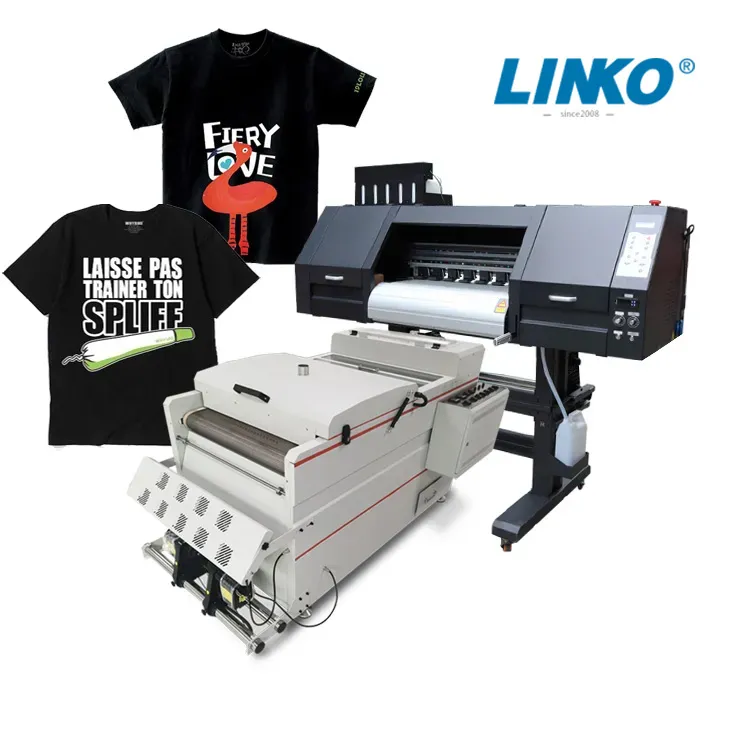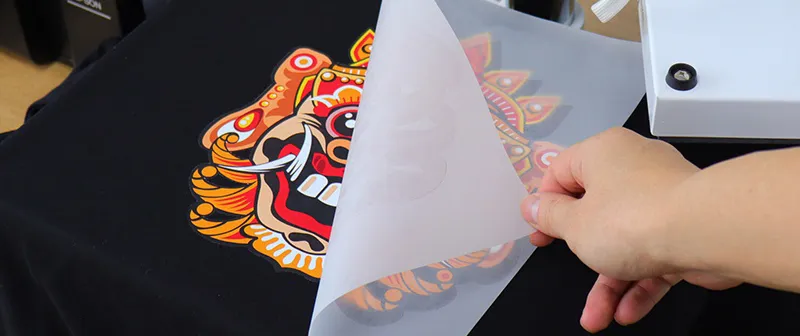DTF Printing Demystified: Whatever You Need to Understand About Direct-to-Film
DTF Printing Demystified: Whatever You Need to Understand About Direct-to-Film
Blog Article
The Future of Fashion: Discovering DTF Printing Technology in the Fabric Industry
Among these developments, Straight to Movie (DTF) printing modern technology has actually arised as an encouraging contender, offering distinct capacities and chances for developers and suppliers alike. This cutting-edge printing method has sparked interest due to its potential to revolutionize conventional textile printing procedures.
Advancement of Fabric Printing
Throughout background, the advancement of fabric printing has been a testament to the innovative developments in this intricate art form. From the old civilizations using strategies like block printing to the electronic transformation of today, textile printing has actually consistently pressed limits. The origins of fabric printing can be mapped back to China around 220 AD, with the use of wooden blocks to publish on silk materials. As the craft spread to various other components of the world, brand-new approaches such as screen printing and roller printing arised during the Industrial Revolution, revolutionizing the fabric market - DTF Printing.
The intro of electronic textile printing in the late 20th century marked a substantial change towards more versatile and sustainable printing techniques. The advancement of fabric printing showcases a rich history of imagination, resourcefulness, and technical progress in the world of fashion and style.
Advantages of DTF Modern Technology
With the evolution of textile printing methods from old approaches like block printing to modern-day innovations such as digital printing, the introduction of Direct-to-Fabric (DTF) innovation has actually significantly enhanced the efficiency and sustainability of textile printing processes. Among the key advantages of DTF modern technology is its capacity to straight publish layouts onto fabric without the need for transfer papers, which reduces waste and simplifies the production process. Additionally, DTF printing allows for greater shade vibrancy and information accuracy compared to conventional methods, enabling textile manufacturers to create top quality and elaborate designs effortlessly.
In addition, DTF modern technology is recognized for its convenience, as it can be utilized on different types of fabrics, consisting of all-natural fibers like cotton, silk, and woollen, along with artificial materials such as polyester and nylon (DTF Printing). This flexibility opens a vast array of possibilities for producers and developers to explore different appearances and materials, resulting in even more ingenious and distinct products in the apparel industry. On the whole, the application of DTF technology stands for a considerable advancement in fabric printing, providing countless advantages that add to the future sustainability and imagination of the industry
Sustainability in Style Manufacturing
Highlighting environmentally friendly techniques is critical in modern fashion manufacturing, aligning with the expanding consumer demand for lasting products. Over the last few years, the style market has actually faced boosting scrutiny because of its substantial environmental effect, consisting of excessive water usage, chemical contamination, and fabric waste. As a reaction, several fashion brands are currently including sustainable methods right into their manufacturing processes to lessen harm to the atmosphere.
Sustainability in style production encompasses various facets, such as using recycled and organic products, reducing energy usage, carrying out ethical labor methods, and advertising openness throughout the supply chain. In addition, developments in innovation, like DTF printing, deal opportunities to even more improve sustainability in fabric production. This modern technology enables precise printing on materials, decreasing ink waste and water use contrasted to standard printing approaches.
Layout Freedom and Customization

Additionally, DTF printing facilitates personalization on a range previously unattainable, enabling for individualized clothes and one-of-a-kind pieces tailored to specific preferences. On the whole, DTF printing innovation changes the design webpage landscape in the textile market, supplying endless possibilities for imaginative expression and personalized fashion.
Effect on Supply Chain & Market Trends
DTF printing technology in the fabric sector is reshaping supply chain dynamics and influencing market fads via its effectiveness and modification capacities. By allowing on-demand printing and getting rid of the need for huge supplies, DTF innovation improves the supply chain process.
Additionally, the customization capacity of DTF printing modern technology is reinventing the market trends in the textile sector. As a result, DTF innovation is driving a change towards more customer-centric and cutting-edge techniques within you could check here the fabric industry, shaping the future of fashion.

Final Thought
In verdict, DTF printing technology is reinventing the fabric industry by providing many advantages such as design flexibility, modification, and sustainability. This innovative innovation is improving the future of style manufacturing, influencing supply chains, and driving market trends towards more green and efficient practices. As the industry continues to develop, DTF printing will play a vital duty in forming the means fabrics are created and eaten in the years to find.
From the old people utilizing methods like block printing to the digital transformation of today, textile printing has continually pushed borders. As the craft spread to various other components of the world, new methods such as display printing and roller printing arised throughout the Industrial Transformation, transforming the textile sector.
The introduction of digital textile printing in the late 20th century noted a substantial change towards more flexible and sustainable printing approaches.With the development of textile printing techniques from old techniques like block printing to contemporary developments such as electronic printing, the intro of Direct-to-Fabric (DTF) innovation has read more dramatically improved the efficiency and sustainability of fabric printing procedures (DTF Printing).In reaction to the essential change towards sustainability in style manufacturing, the adoption of cutting-edge innovations like DTF printing not only addresses ecological worries but additionally opens up avenues for unparalleled style freedom and modification in the textile market
Report this page